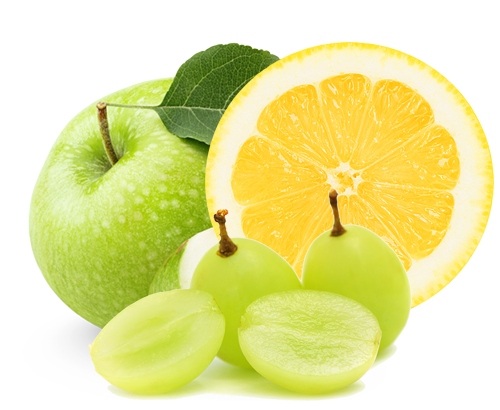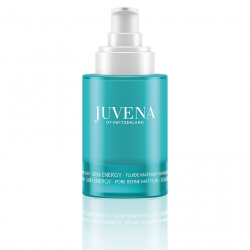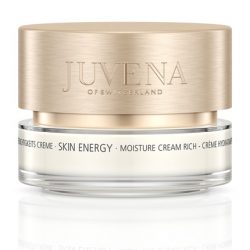SKIN ENERGY
Refine & Exfoliate Mask
The invigoratingly fresh gel mask based on selected natural fruit acids.

description
For skin that is to look finer, smoother and more radiant. This fresh gel mask with a combination of natural fruit acids supports the skin’s functions and helps to dissolve dead skin cells. It boosts elasticity and tonicity, leaving the skin looking smooth and evenly refined.
ACTIVE INGREDIENTS
Malic Acid
Glycolic Acid
Citric Acid
Tartaric Acid
APPLICATION
Apply 1-2 times per week, depending on the condition of the skin. Not recommended for sensitive skin. Avoid the eye area. Allow to work for 10 minutes, then rinse thoroughly with water. Avoid contact with the mucous membranes. For wonderfully refined, clear and even skin.
SKIN TYPE
All skin types
50 ml
DISTRIBUTER ASSETS
[getDistributerAssets]
NATURAL FRUIT ACIDS
MALIC ACID
was isolated from apple juice for the first time in 1785 by Karl Wilhelm Scheele and is more than just a name. However malic acid is not just extracted from apples and can also be found in most unripe fruits from quinces to grapes, barberries, rowan berries and gooseberries. It is extracted using a biotechnological process. The riper the fruit, the lower its malic acid content. In nature, the sour flavour of the acid ensures that the unripe fruit is not eaten by animals before it is ready. As the malic acid content decreases during the ripening process, the sugar content of the fruit automatically increases. Malic acid is one of the components responsible for the exfoliating effect of the gel mask.
GLYCOLIC ACID
is known as the superstar of the fruit acids because it has the smallest molecule size, can penetrate easily into the skin and is particularly effective as a means of exfoliation. Glycolic acid is classed as a fruit acid due to its natural occurrence. It is primarily found in grapes, sugarcane juice and sugar beets but also occurs in rosemary and the leaves of grape vine.
CITRIC ACID
is predominantly extracted from lemon juice. It can be found in apples, pears, sour cherries, raspberries, blackberries, redcurrants, conifers, fungi, tobacco leaves, wine and even milk. It was first identified by alchemists under a different name in the 9th century but was isolated and named citric acid by Karl Wilhelm Scheele in 1784. It is colourless and water-soluble.
TARTARIC ACID
was also first documented as such by Scheele. It was previously assumed that the tartar, i.e. salt, was the actual acid and this was known as the spirit of the wine. In nature, tartaric acid occurs in numerous plants and fruits such as the dandelion and sugar beet and, of course, grapes. In cosmetics, it is an intensive and effective component of fruit acid exfoliation.



